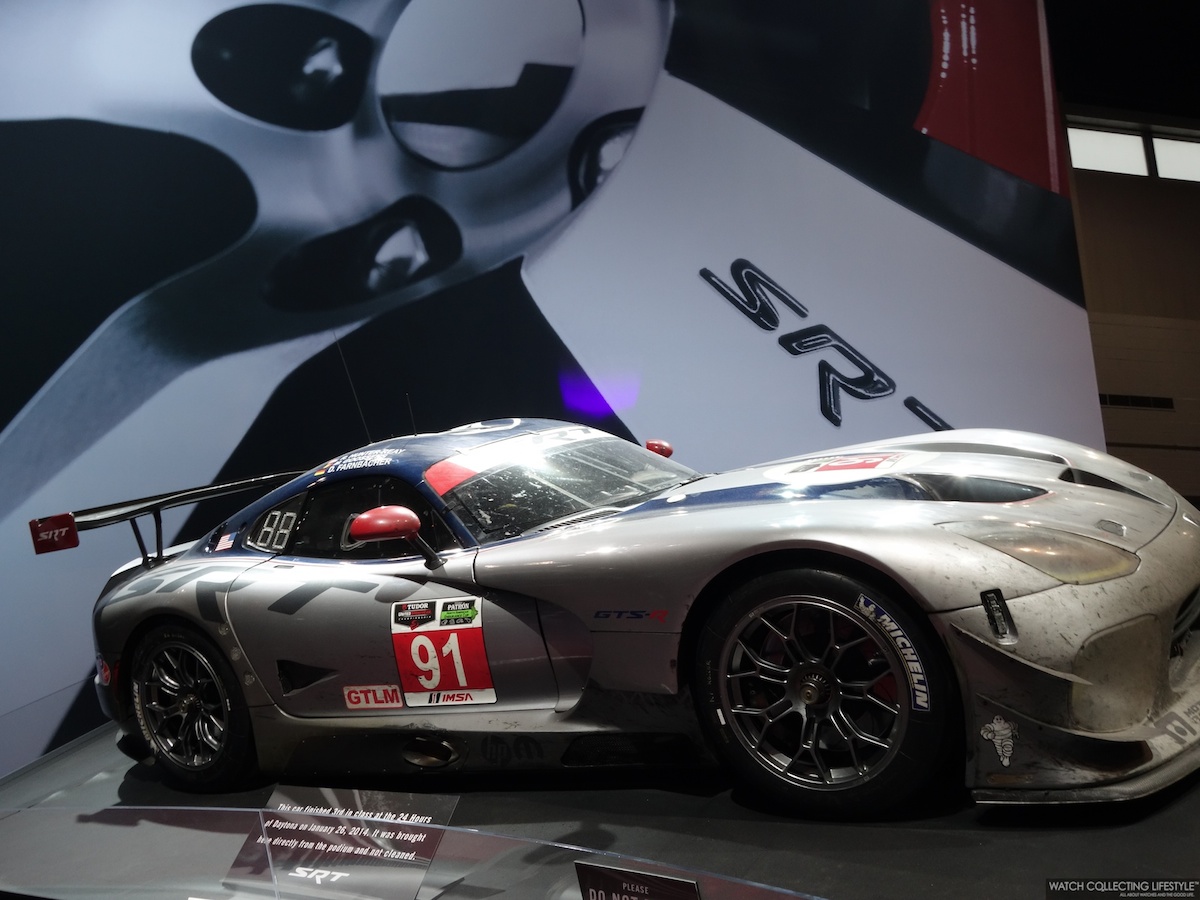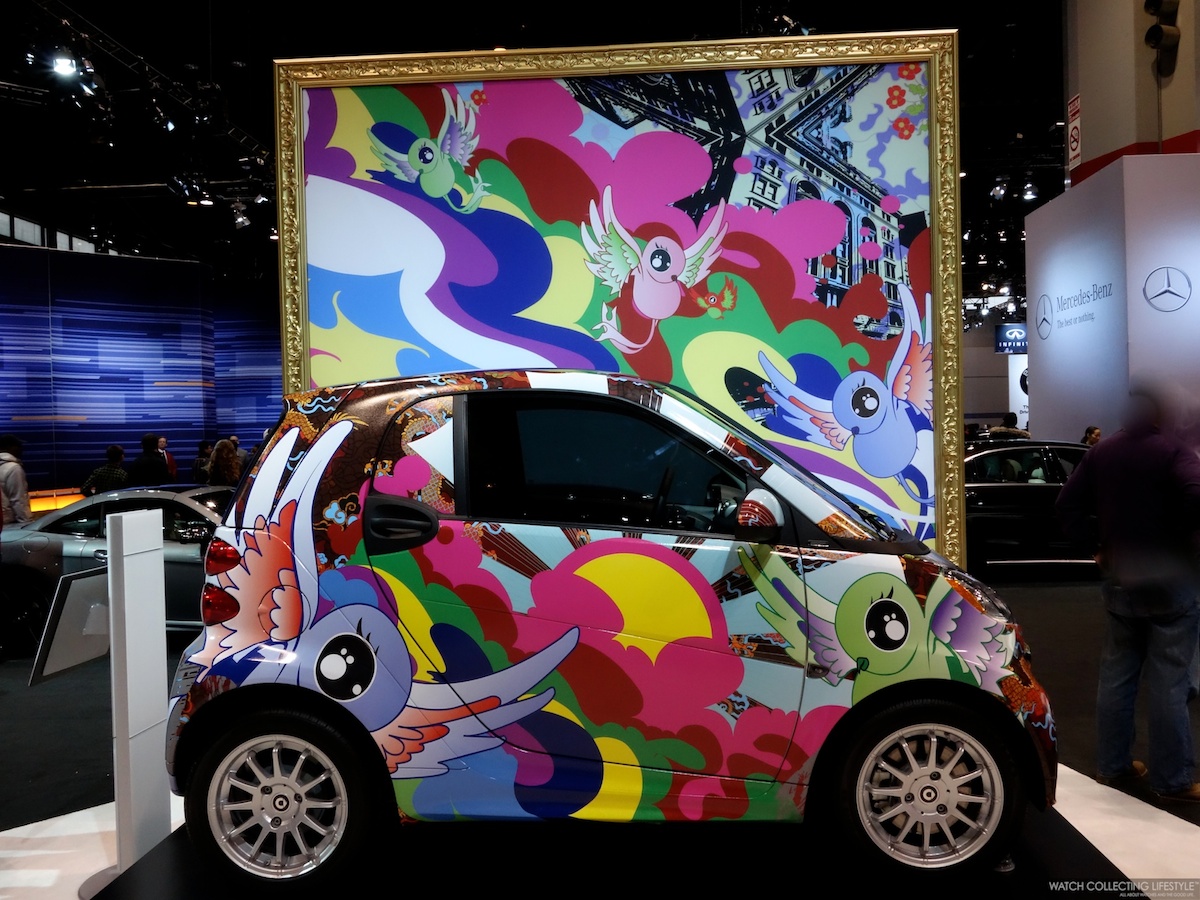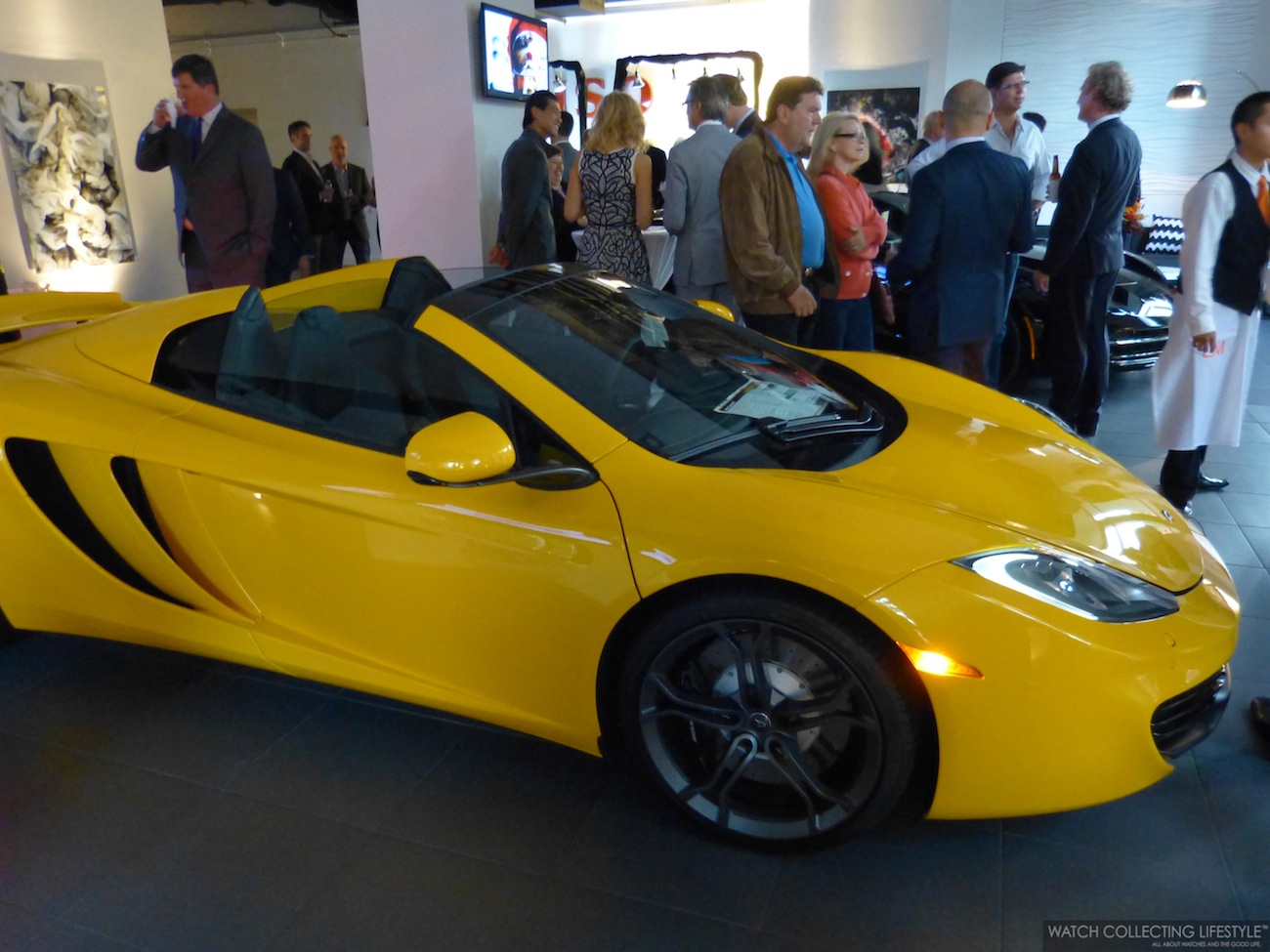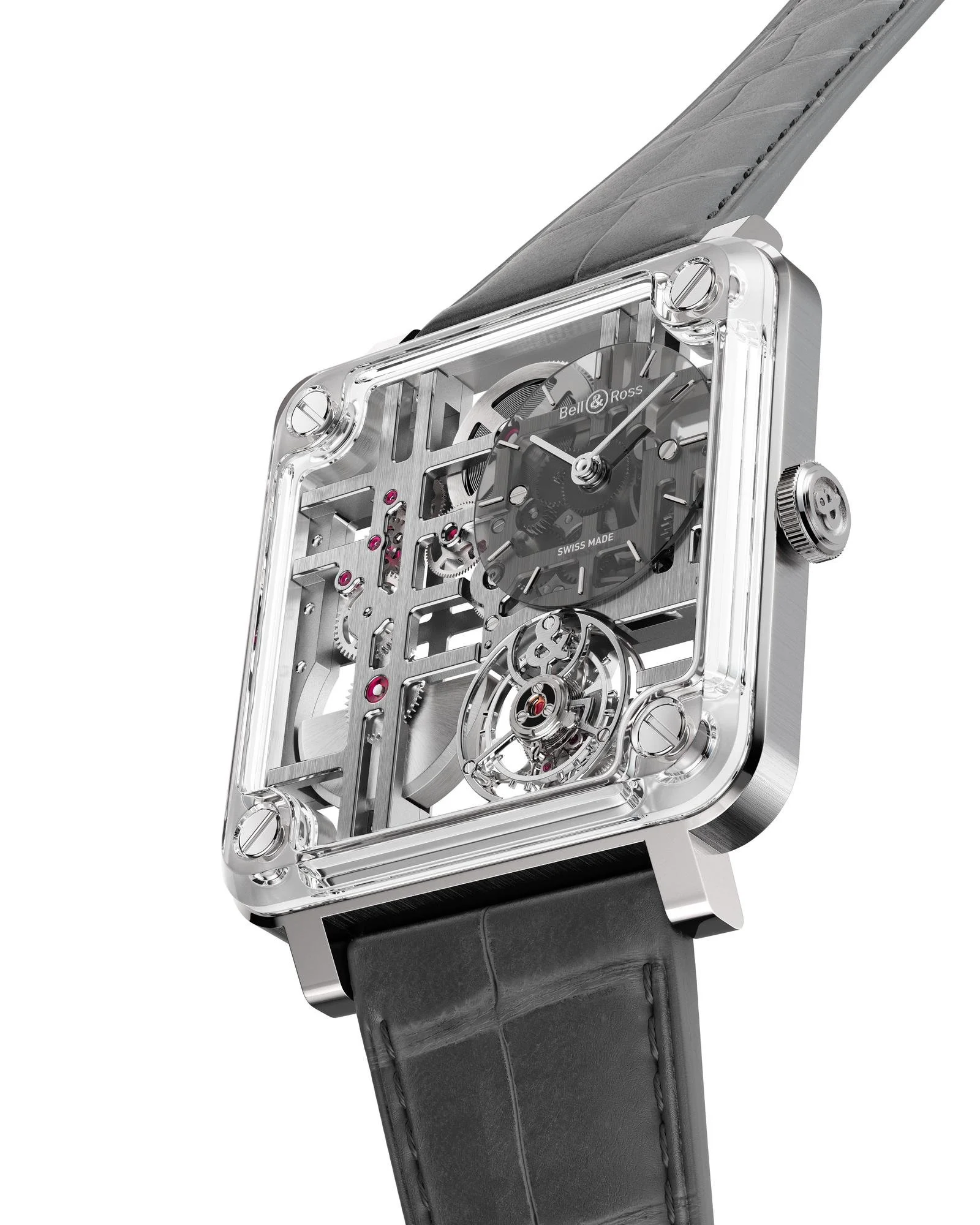Watchlifestylers get ready for one of the most exciting Formula One seasons in the last decade as in two more weeks we'll get to see some very exciting changes that will be taking place during 2014's Formula One season, these changes are perhaps the biggest changes we've seen in F1 racing in a very long time.
This upcoming season the cars will be fitted with V6 engines instead of V8s. The new regulations allow for a 1.6-litre turbocharged V6 engine which operates in conjunction with an Energy Recovery System referred to as ERS. The ERS provides an additional 160bhp for 33 seconds per lap. For safety, each car is fitted with ERS status lights which warn marshals and mechanics of the car’s electrical safety status when it is stopped or in the pits. If the car is safe, the lights —situated on the roll hoop and the rear tail lamp— will glow green; if not, they glow red. The lights must remain on for 15 minutes after the power unit has been switched off. The engine must have six cylinders in a 90-degree formation, with two inlet and two exhaust valves per cylinder and a single turbocharger. They are rev-limited to 15,000rpm, have a fuel flow limit of 100 kilograms/hour and produce around 600bhp. They must also have a single tailpipe exhaust.
The gearboxes will now have eight forward ratios which each team must nominate ahead of the season, to compensate for the extra power being generated under braking by ERS, the teams are allowed to use an electronic rear brake control system.
To compensate for the increased weight of the 2014 powertrain, minimum weight has been increased from the current 642kg to 690kg.
For safety reasons the height of noses has been reduced for 2014 to a maximum height of 185mm instead of 550mm. Front wings will be a little narrower from 1800mm to 1650mm. The rear wing will also look a little different for 2014. The previously-legal lower beam wing has been outlawed and the main flap has become slightly shallower in profile. Support pillars, however, are allowed. The DRS slot is also bigger than in 2013.
This year in-season testing returns for 2014, albeit in a restricted format with the regulations allowing four tests of no more than two consecutive days at circuits where an event has taken place. There are also increased restrictions on windtunnel testing and CFD simulations. Double drivers’ and constructors’ points will be awarded at the final race of the Formula One season —Abu Dhabi for 2014 instead of the traditional Interlagos Brazil last race— in order to maximize focus on the championship until the end of the campaign.
Drivers will be asked to choose their race number, between 2 and 99, for the duration of their career in the FIA Formula One World Championship. Number 1 will be reserved for the current world champion, should he choose to use it. If more than one driver chooses the same number, priority will be given to the driver who finished highest in the previous year’s championship. The driver number must be clearly visible on the front of the car and on the driver's crash helmet.
Also in this 2014 season, race stewards will have the option to hand out five-second penalties for minor infringements. Any driver who earns 12 penalty points during a 12-month period will be given a one-race ban.
Lastly there will be a pole position trophy that will be awarded to the driver who scores the most pole positions during the season. In the event of a tie, the trophy will be awarded to the driver who holds the greatest number of second places. If there is still a tie, the greatest number of third places will be taken into account and so on until a winner emerges.
For more info on Infiniti Red Bull Racing click here.



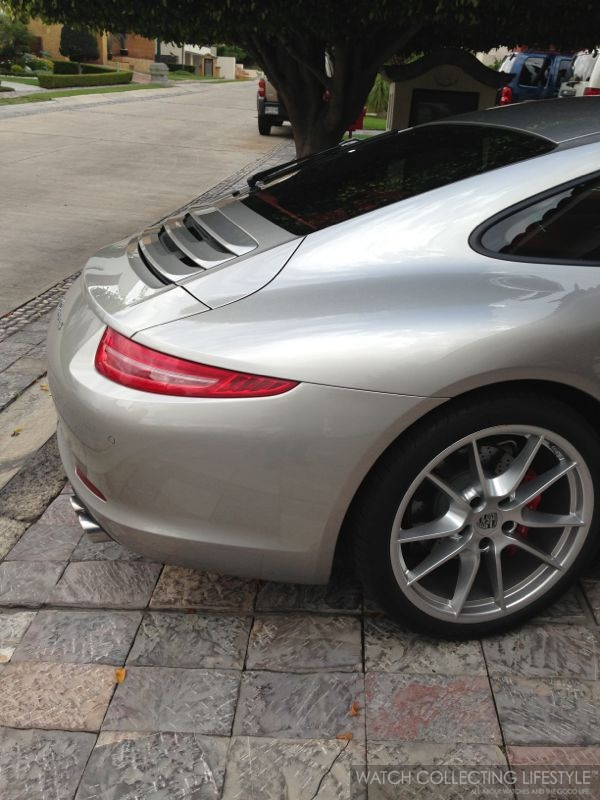
![photo 3[1].jpg](https://images.squarespace-cdn.com/content/v1/512f9596e4b0ed945e3306aa/1374157068216-MVH1QDK6PLZ8KES02KBC/photo+3%5B1%5D.jpg)











